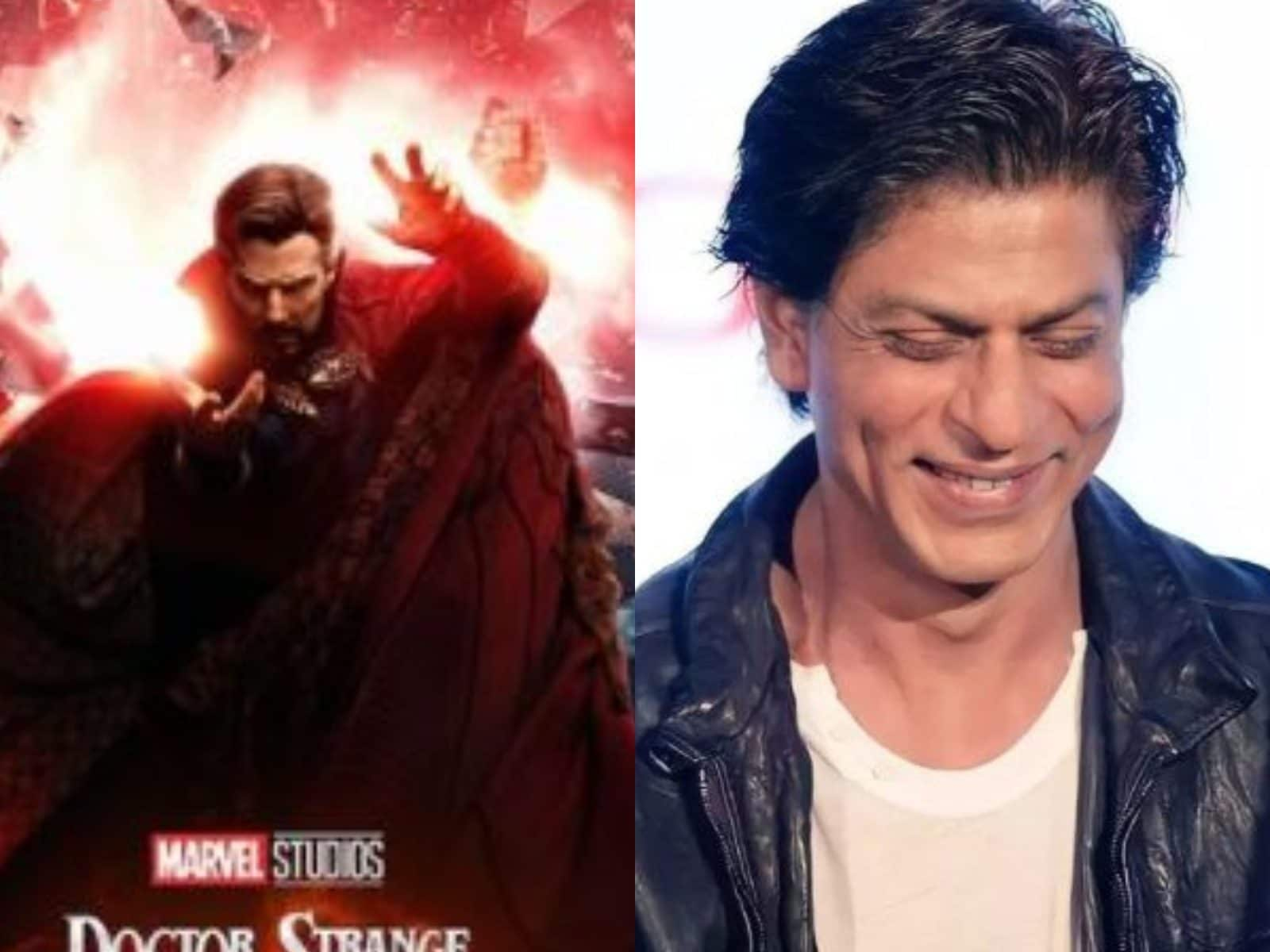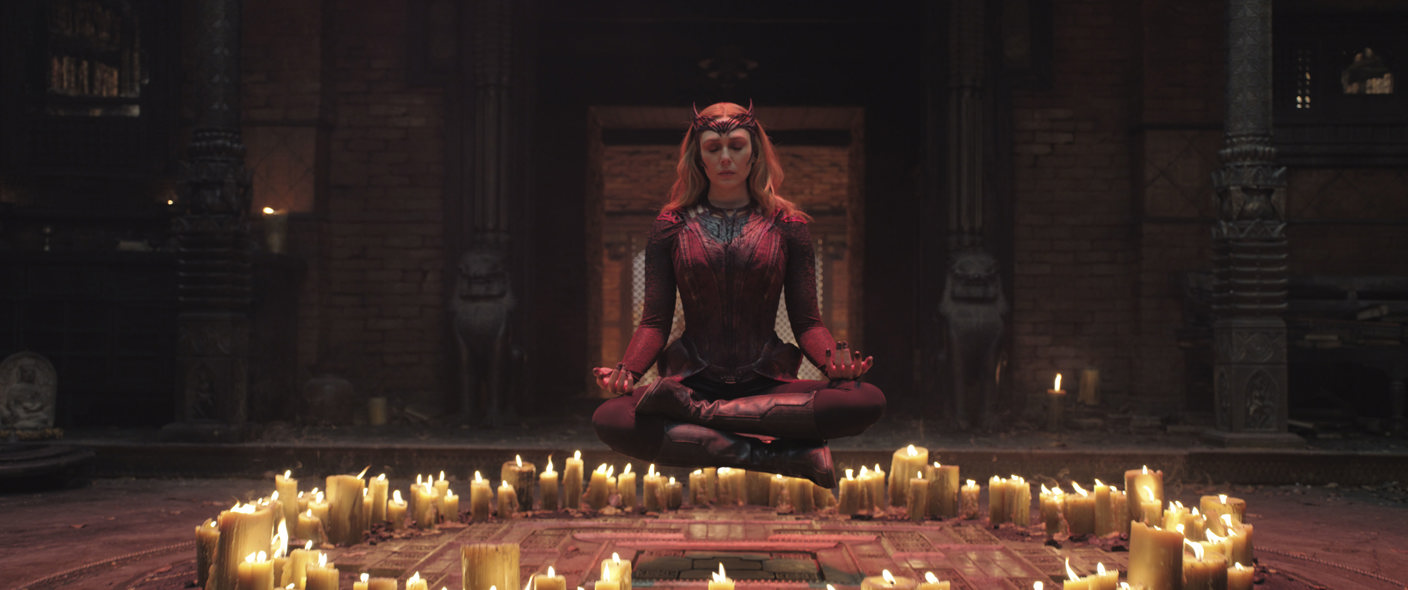

Strange stories of the 1960s constructed a cohesive cosmology that would have thrilled any self-respecting theosophist. Splash page, Strange Tales #110 (July 1963), the character's debut. Ditko showcased surrealistic mystical landscapes and increasingly vivid visuals that helped make the feature a favorite of college students at the time. Although these often referenced the names of established mythological beings, Lee has said he never had any idea what the incantations meant and used them simply because they sounded mystical and mysterious.

He had Doctor Strange accompany spells with elaborate artifacts, such as the " Eye of Agamotto" and the " Wand of Watoomb", as well as mystical-sounding vocabulary such as "Hoary Hosts of Hoggoth!". Scripter Lee's take on the character was inspired by the Chandu the Magician radio program that aired on the Mutual Broadcasting System in the 1930s. Doctor Strange appeared in issues #110–111 and #114 before the character's eight-page origin story in #115 (December 1963). Strange just recently in one of our mags, hope it won't be too confusing! Early years ĭoctor Strange debuted in Strange Tales #110 (July 1963), a split book shared with the feature " The Human Torch". Fantastic - now, however, I remember we had a villain called Dr. Strange, but thought the "Mr." bit too similar to Mr. Little sidelight: Originally decided to call him Mr. The first story is nothing great, but perhaps we can make something of him- 'twas Steve's idea and I figured we'd give it a chance, although again, we had to rush the first one too much. Well, we have a new character in the works for Strange Tales (just a 5-page filler named Dr. Strange because he would appear in Strange Tales." In a 1963 letter to Jerry Bails, Lee called the character Ditko's idea, saying: Since 2016, Benedict Cumberbatch has portrayed Stephen Strange and alternate versions of him in the Marvel Cinematic Universe.įurther information: Doctor Strange (comic book) Creation Īrtist Steve Ditko and writer Stan Lee have described the character as having been originally the idea of Ditko, who wrote in 2008, "On my own, I brought in to Lee a five-page, penciled story with a page/panel script of my idea of a new, different kind of character for variety in Marvel Comics. In live-action adaptations, the character was first portrayed by Peter Hooten in the 1978 television film Dr. Strange assumes the title of Sorcerer Supreme and, with his friend and valet Wong, defends the world from mystical threats. He acquires an assortment of mystical objects, including the powerful Eye of Agamotto and Cloak of Levitation, and takes up residence in a mansion referred to as the Sanctum Sanctorum, located in 177A Bleecker Street, Greenwich Village, New York City. Strange becomes his student, and learns to be a master of both the mystical and the martial arts. Searching the globe for healing, he encounters the Ancient One, the Sorcerer Supreme. The character begins as an extremely talented but egotistical surgeon who loses the ability to operate, after a car crash severely damaged his hands beyond repair. Strange was created during the Silver Age of Comic Books to bring a different kind of character and themes of mysticism to Marvel Comics. Doctor Strange serves as the Sorcerer Supreme, the primary protector of Earth against magical and mystical threats. Created by Steve Ditko with Stan Lee, the character first appeared in Strange Tales #110 ( cover-dated July 1963). Utilizes mystical artifacts, such as the Cloak of Levitation and the Eye of Agamottoĭoctor Stephen Strange is a fictional character appearing in American comic books published by Marvel Comics.Master of the Mystic Arts, Master of Black Magic, Sorcerer Supreme, Strange, Stephen Sanders, Captain Universe, Vincent Stevens, Void Textless cover of Doctor Strange #2 (Jan.


 0 kommentar(er)
0 kommentar(er)
